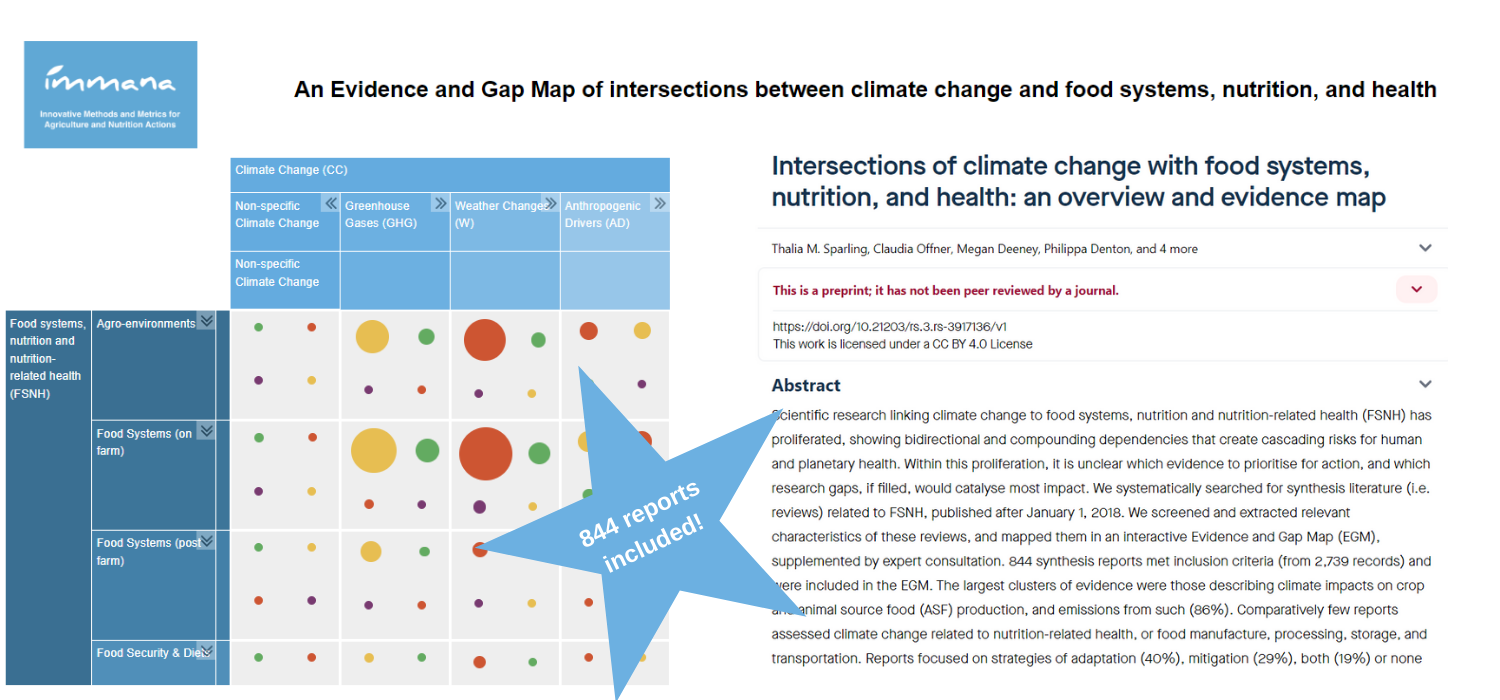
A new paper, 'Bioaccessibility of iron in pearl millet flour contaminated with different soil types' has been published in Food Chemistry by IMMANA fellow Molly Muleya.
Due to traditional farming practices, it is common for smallholder farming communities in lower-income countries to consume iron-containing soil dust in cereal grains and other foods, particularly green leafy vegetables. Leafy vegetables which grow close to the ground are susceptible to contamination during harvesting and processing, whilst small-seeded grains are typically removed by threshing them on the ground or under animal hooves.
Although the volume of soil on these foods is small the iron content frequently greatly exceeds that of the product itself.
To determine the importance of extrinsic soil iron in nutrition, this study used in-vitro digestion techniques to measure the bio-accessibility of the extrinsic soil iron in pearl millet flour.
Flour contaminated with three types of Malawian soil were tested: calcareous, moderately acidic and acidic, at three different concentrations. Both the soluble and bio-accessible proportions were measured.
At the end point of digestion, the authors found that soluble iron more than doubled in all contaminated flour types, with a significantly higher increase in the acidic soil. However, this increase was not translated into bio-accessible iron, where, compared to the control, there was no significant increase in any soil type at any contamination level.
Molly was a round 4 IMMANA fellow. Find out more about her fellowship project 'Mineral bio-accessibility of cereals and legumes as influenced by agronomic management and soil contamination in Zimbabwe and Malawi'




